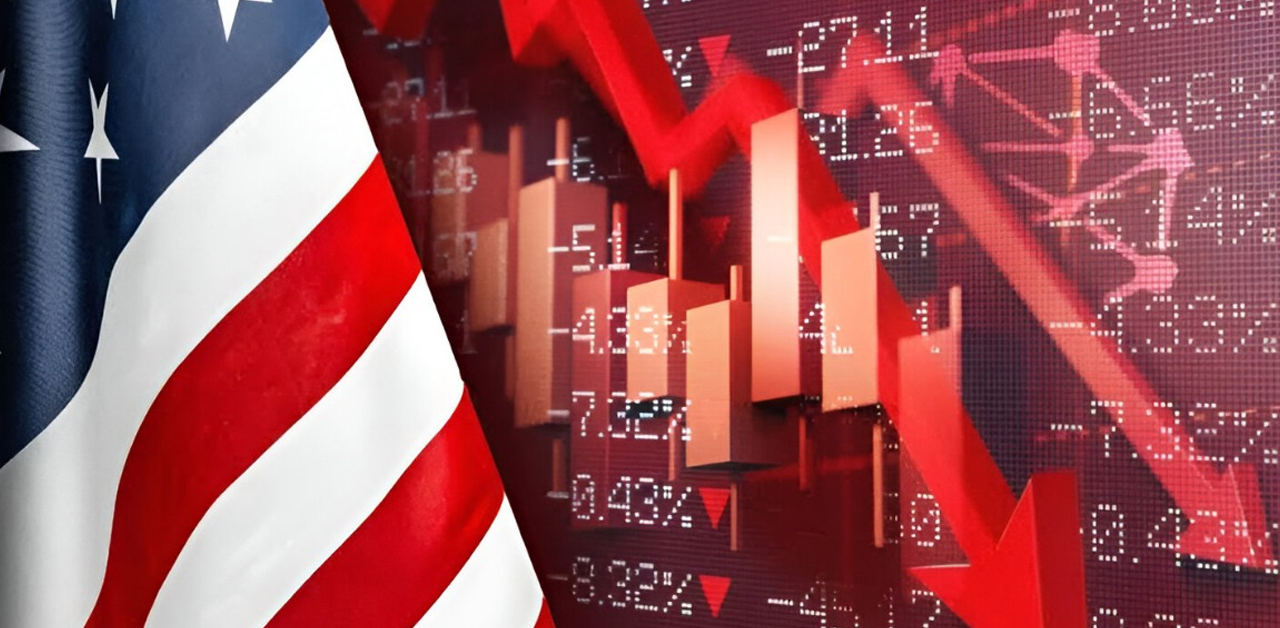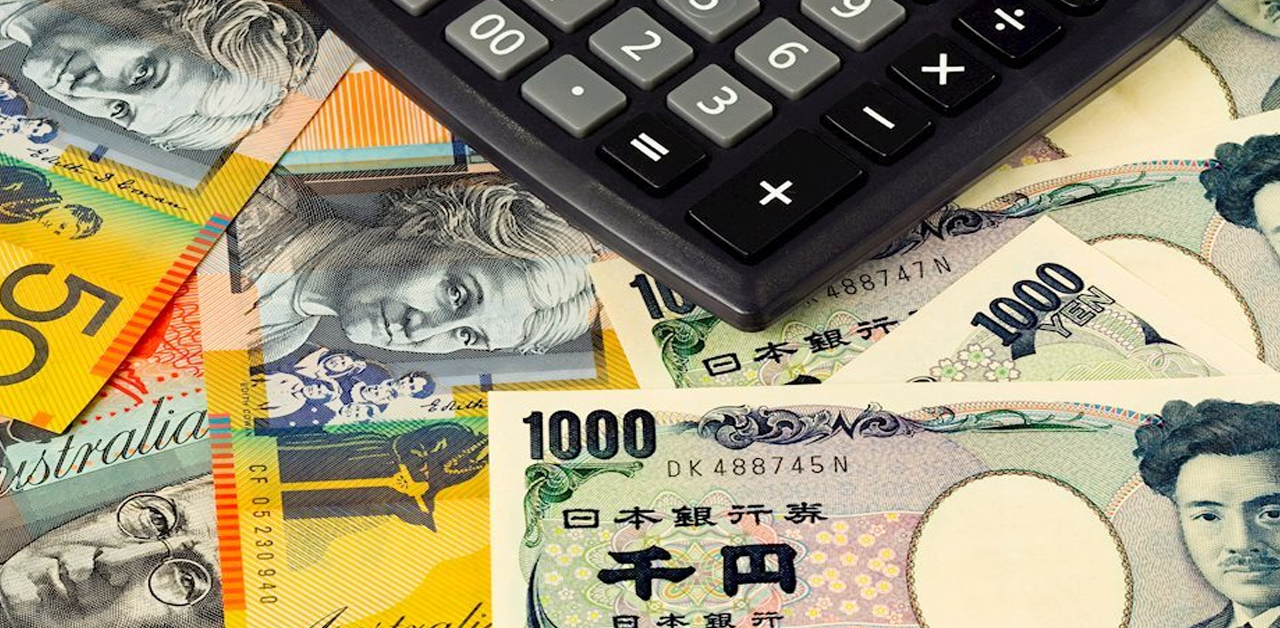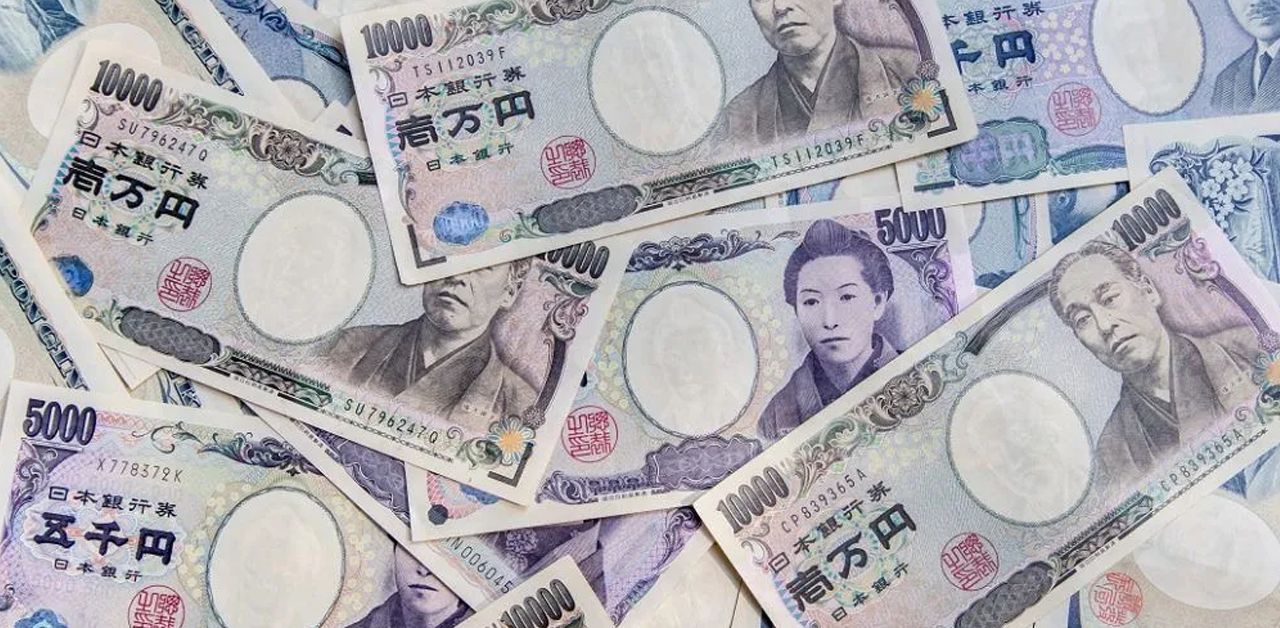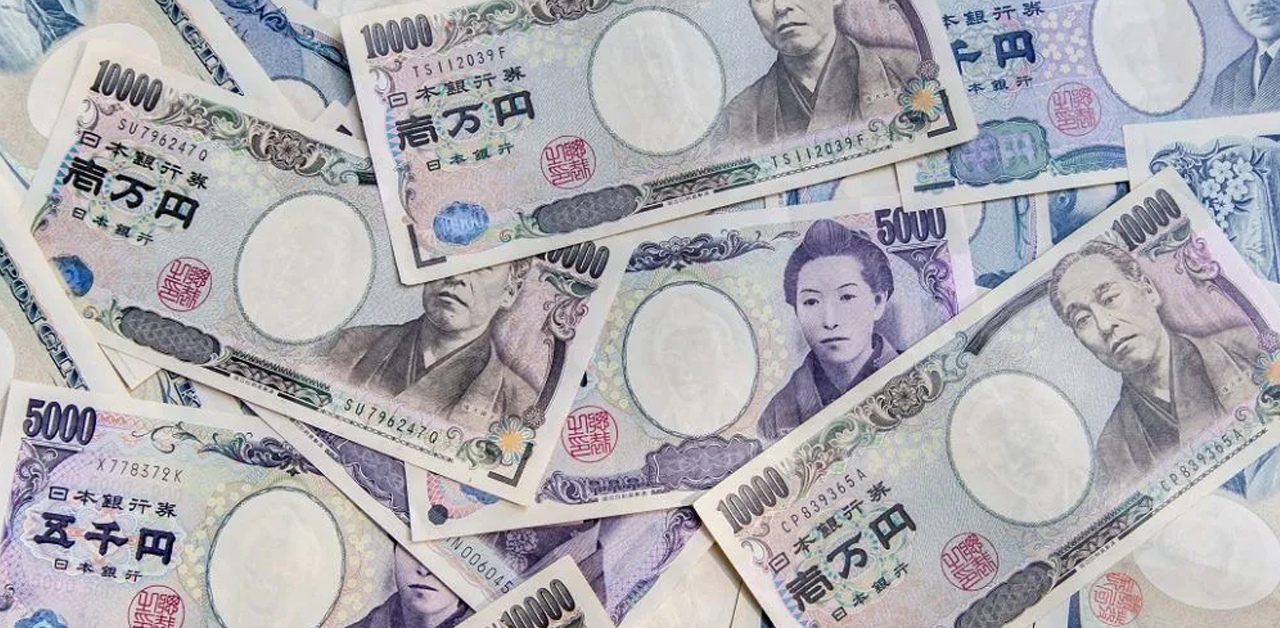Stocks finish mixed as tech stocks face additional pressure
On Monday, U.S. stocks finished mixed, with shares unable to find direction as fears about the economy’s prospects grew amid rising inflation. The S&P 500 finished the turbulent day down 0.4 percent at 4,008.01. The NASDAQ slid 1.2 percent to 11,662.79 as mega-cap technology giants such as Apple (AAPL) slumped, dragging the index down. The Dow Jones Industrial Average finished at 32,223.42, up marginally.
Even after new GDP statistics from China came in weaker-than-expected, as the latest wave of virus-related restrictions in the country hampered movement, US crude oil prices (CL=F) reversed earlier losses and gained. Retail sales in China fell by 11.1 percent in April compared to the same month last year, the worst loss since March 2020, while industrial production unexpectedly fell by 2.9 percent.
The decline in risk assets on Monday prolonged a recent period of market turbulence. Stocks finished last week with their sixth straight weekly decline, sending the S&P 500 16.1 percent below its January 3 peak. As the Federal Reserve seeks to cool inflation reaching its highest level in four decades, geopolitical upheaval in Ukraine continues, and China grapples with its biggest COVID epidemic since 2020, investors are weighing the chances of a broader economic slowdown.
In response to these worries, Wall Street analysts have become increasingly cautious about equities. In a recent report, Goldman Sachs lowered its S&P 500 year-end price forecast to 4,300 from 4,700. According to David Kostin, Goldman Sachs’ top U.S. stock strategist, the reduced goal reflects “higher interest rates and weaker economic growth than we previously projected.” In a recession, the S&P 500 will likely fall much further to 3,600, according to Kostin. Other strategists emphasized the present multiplicity of equities risks and advised against reading too much into one-day rebounds.
“At this moment, we believe the tipping point is an open question. We’re probably in the middle of two repricings: one caused by the Federal Reserve, and the other induced by the market “U.S. Bank Asset Management’s chief investment officer, Eric Freedman, told Yahoo Finance Live. “When the Fed announces a rate hike, every other asset class must drop in price and increase in yield. So we’re right in the thick of it. Depending on what the Fed decides to do in terms of messaging, this might be a turning moment.”
“However, the next repricing — and the danger of possible additional downside — will occur if higher commodity costs and higher borrowing rates structurally flow into the actual economy and stay there for some time,” he warned. “So I believe we’re in a profoundly oversold state… but we’d still be cautious right now because we believe there’s more potential downside coming.”











